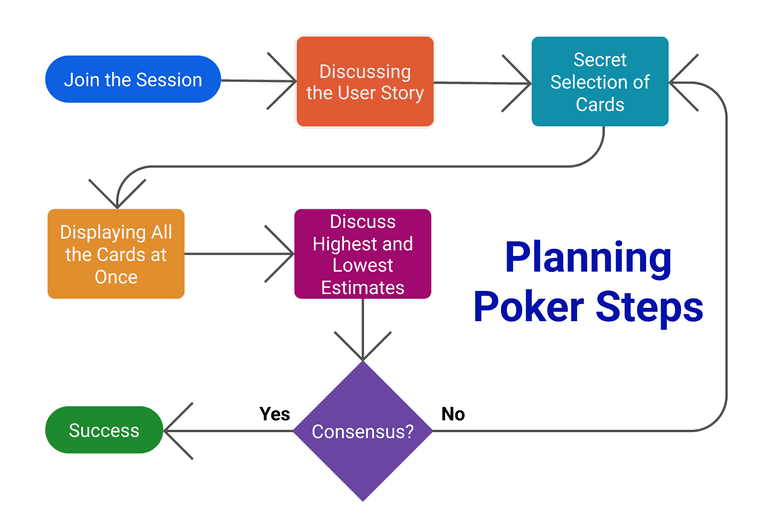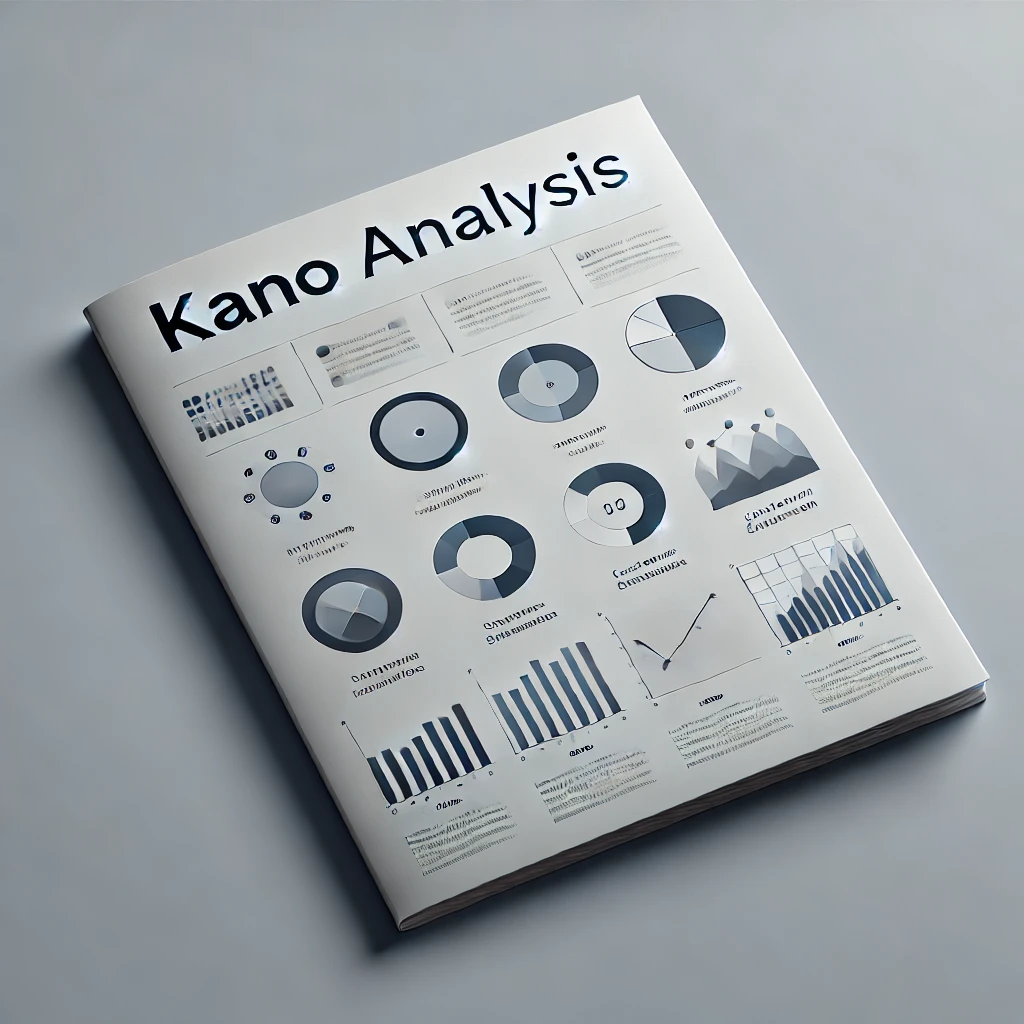Planning Poker
What: Planning Poker is an Agile estimation technique used by teams to estimate the effort or relative size of user stories and tasks through consensus.
How: Team members use a deck of cards with predefined numbers (usually Fibonacci sequence) to privately estimate a task’s size or effort. After revealing the cards, the team discusses the estimates to reach a consensus.
Steps in Planning Poker:
Read and Discuss User Story:
What: The Product Owner or team reads and explains the user story or task to be estimated.
How: Team members can ask questions to clarify the requirements and any uncertainties.
Private Estimates:
What: Each team member selects a card representing their estimate of the effort required.
How: Cards typically use Fibonacci sequence numbers (e.g., 1, 2, 3, 5, 8, 13) to represent story points or effort.
Reveal the Estimates:
What: Everyone reveals their chosen card simultaneously. .
How: The team compares the estimates to identify any significant differences.
Discuss Disparities:
What: Discuss why there are differing estimates, focusing on outliers.
How: Team members explain their reasoning, especially those with the highest and lowest estimates.
Re-Estimate:
What: After discussion, team members re-select their estimates.
How: The process is repeated until the team reaches a consensus on the estimate.
Record the Final Estimate:
What: The agreed-upon estimate is recorded as the final effort or size for the user story.
How: This estimate is used for sprint planning and workload management.
Advantages of Planning Poker:
Encourages Discussion:
What: Promotes open discussion among team members about the complexity and effort required.
How: Ensures everyone has a voice and contributes to the estimation process.
Reduces Bias:
What: Prevents anchoring bias by having team members estimate independently before discussion.
How: Ensures that estimates are based on individual perspectives rather than being influenced by others.
Creates Buy-in:
What: Builds consensus within the team, leading to stronger commitment to the estimates.
How: When team members agree on an estimate, they are more likely to commit to the work required.
Summary:
Planning Poker is a collaborative and effective Agile estimation technique that combines individual input and group discussion to reach consensus on the effort required for user stories. By encouraging open discussion and reducing bias, it helps teams achieve accurate and realistic estimates, ultimately leading to better sprint planning and project outcomes.

Post Tags :
Subscribe to Our Newsletter
Get the latest on upcoming courses, programs, events, and more straight to your inbox.
By clicking “Subscribe”, you accept our Terms.





